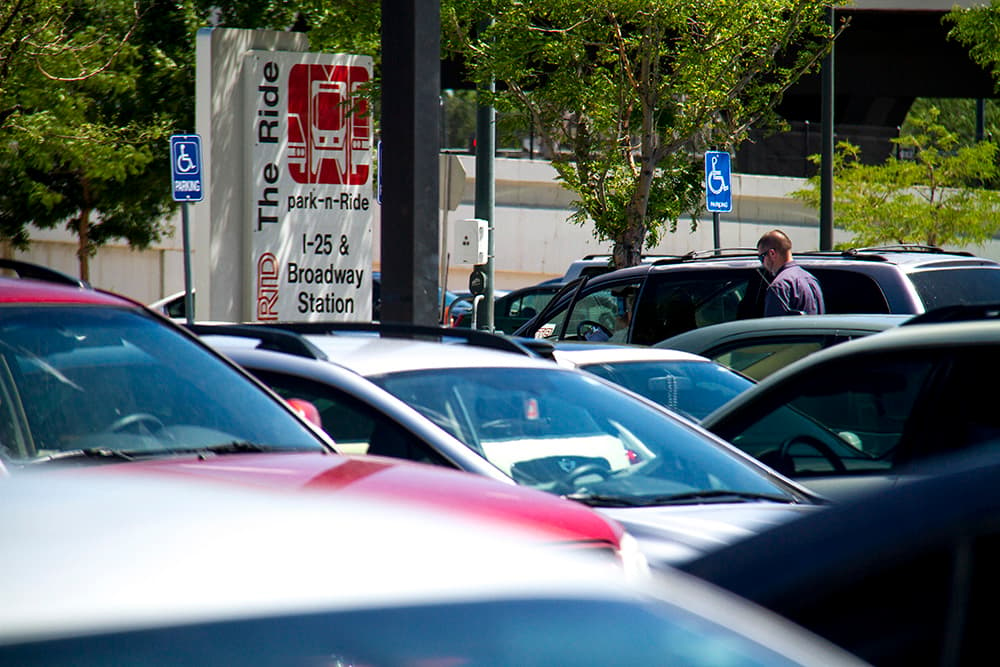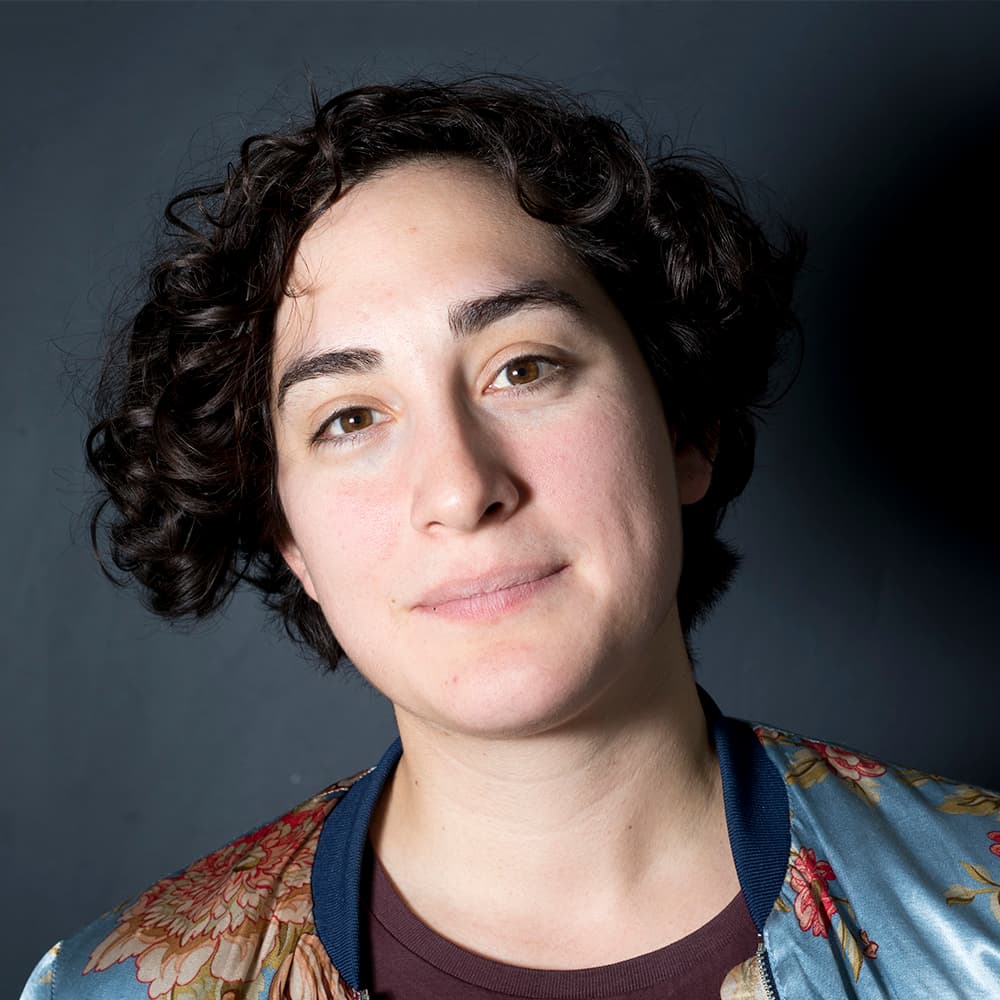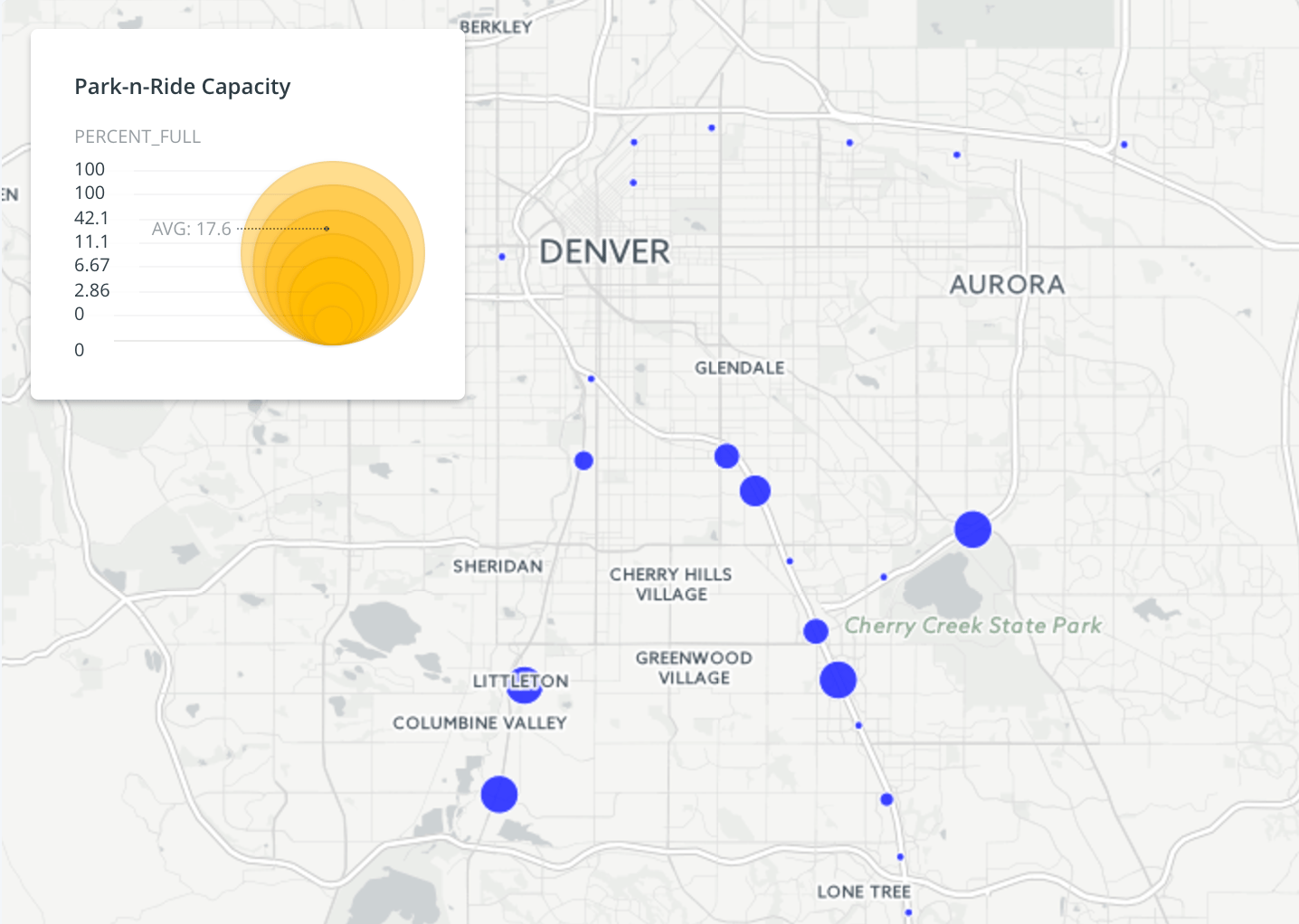
Riding the light rail from Littleton to Denver was worth an extra 20 or 25 minutes circling in the parking lot for Angelic Trujillo when she was commuting for her job.
"For me, my time was more important," Trujillo said "I could read a book, I could look through emails, it was just more peaceful. Plus, it's more expensive to park downtown."
And so it was worth it to wait nine months to rent a reserved space at the Mineral Park-n-Ride near her. In fact, the spaces are such a rare commodity that Trujillo held on to hers for an extra two months after she started working from home.
"My husband was finally like, 'you're not going to be travelling downtown anymore, can we get rid of the $45 reserved parking?' And I thought, but what if something changes?"
In this week's chart of the week, Denverite takes a look at the data that shows how easy parking actually is in the Park-n-Rides serving light rail.
RTD manages parking at 27 light rail stations, which means that 15 percent of spaces at each of those Park-n-Rides can be set aside as reserved spaces, costing about $42 a month.
It all depends on where you live.
Right now in Littleton, if you want to guarantee that you have a spot in the morning, you're going to need to get on a waiting list and sit tight for a year or more. Or get creative:
"One of my coworkers had a neighbor with a reserved parking space and she was able to pay her neighbor for the space," Trujillo said. "So it created like a black market."
Of course if you live across town in Lakewood, you could have your choice of any of the 150 available reserved spaces.
Here's what that looks like:
The bigger circles are fuller lots and the small circles represent the least full Park-n-Rides.
A full two-thirds of Park-n-Rides that RTD manages have sold none of their reserved parking spots.
Another 18.5 percent of Park-n-Rides have sold fewer than half of their available reserved spots. But in four Park-n-Rides, current waitlists span from 2 people waiting for a reserved spot to 234 people waiting for one.
It's all possible because RTD is one of the largest parking operators in the Denver metro area, with tens of thousands of parking spaces. And the spaces are all part of a bigger plan:
"The easier it is for me to drive to the Park-n-Ride, the more ridership we get at least for our longer distance, more commute oriented services," said RTD's Assistant General Manager of Planning Bill Van Meter at a recent event about commuting downtown.
But recent research from Smart Growth America, a group that advocates for more funding for regional rail and bicycling and walking infrastructure, contradicts that. In fact, Smart Growth America specifically had some things to say about Englewood Station and transit-oriented development there:
Smart Growth America's study found that Englewood Station's ample parking -- which is not managed by RTD -- didn't yield more rail use. (The Englewood Environmental Foundation, a city-affiliated organization owns the area's lots.)
Researchers not only found that Englewood was the most auto-oriented of the five TODs in their study, it also had the fewest light rail riders.
"Almost 60 percent of trips to the area were done by car, and it had the lowest rail mode share despite being located on the RTD rail line. It also had the lowest peak parking occupancy rate — 58.3 percent," the study found.
Here's how researchers think the parking oversupply happened. First, Wal-Mart got the city to require more parking for residential developments. Plus, a big parking garage was restricted to residential use only.
But this parking overestimation isn't limited to stations that RTD doesn't manage. It's reflected in Denverite's Park-n-Ride data as well.
Remember that two-thirds of parking lots have sold none of their reserved spaces. On the other hand, you have the four stations that seem to have been very full for years.
Transit planning is hard.














